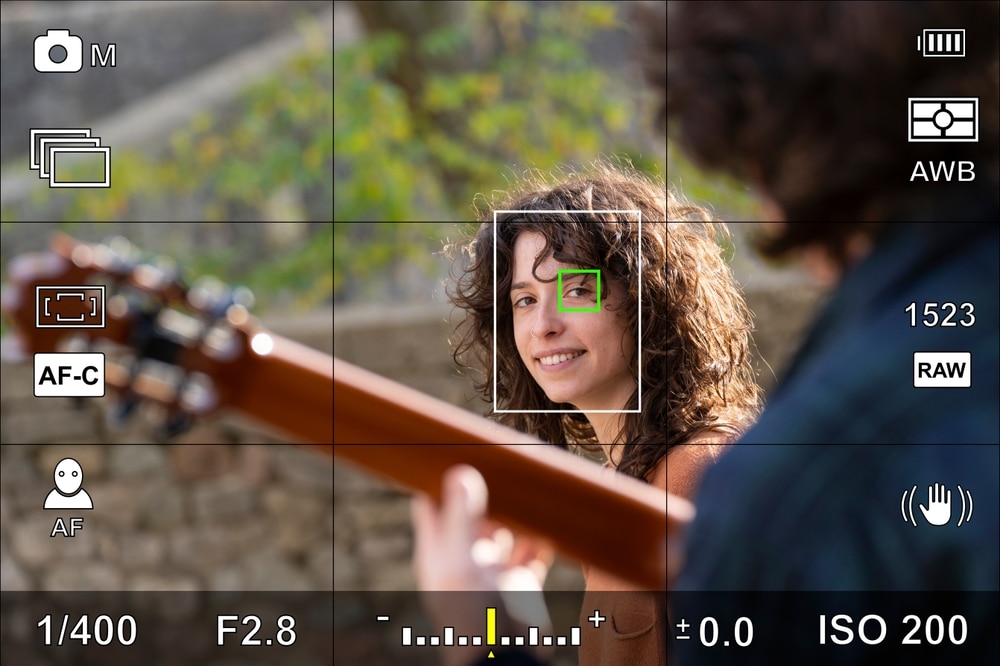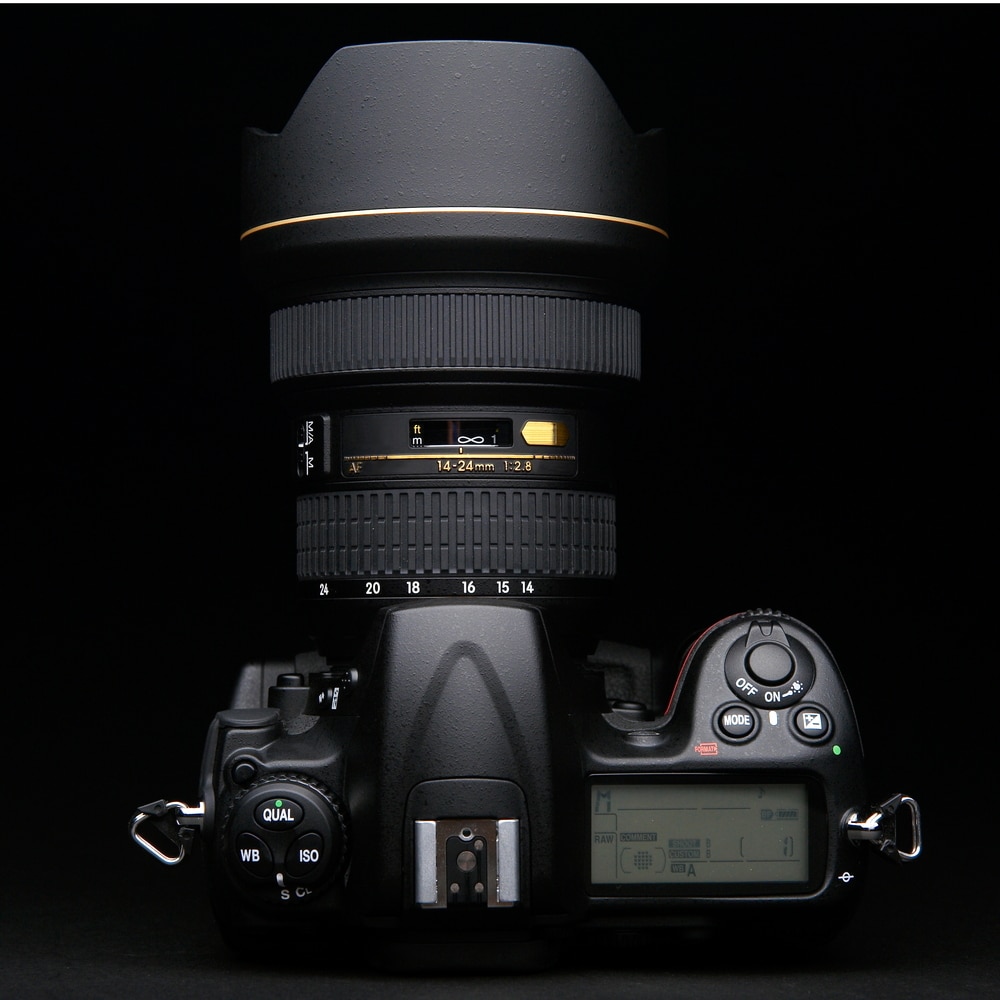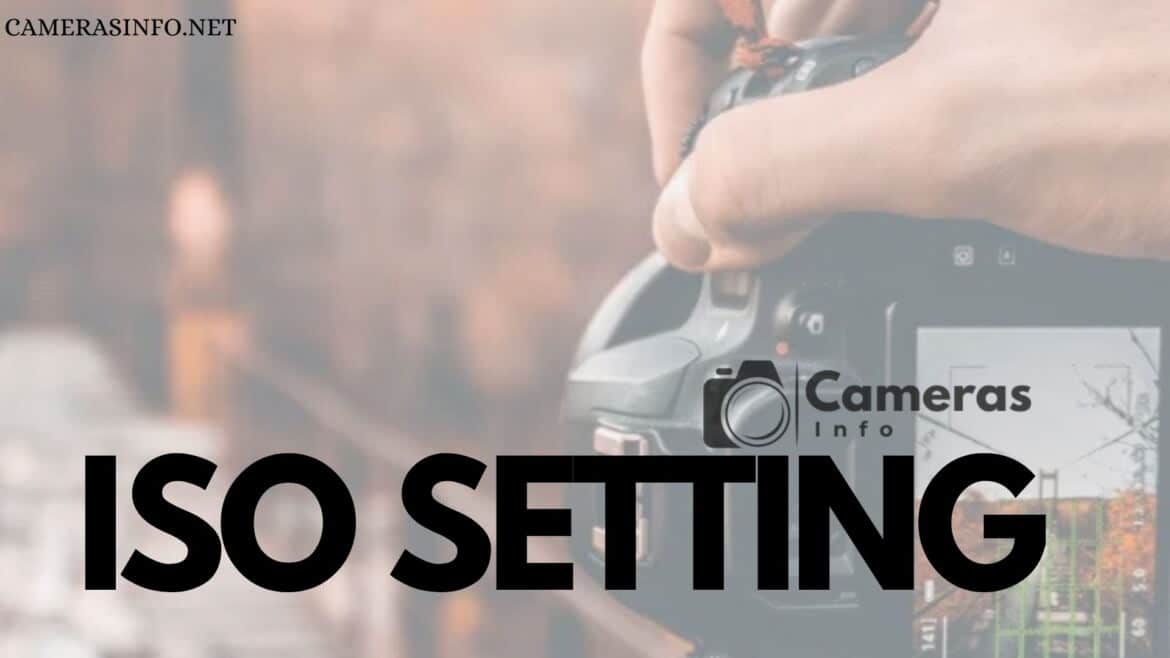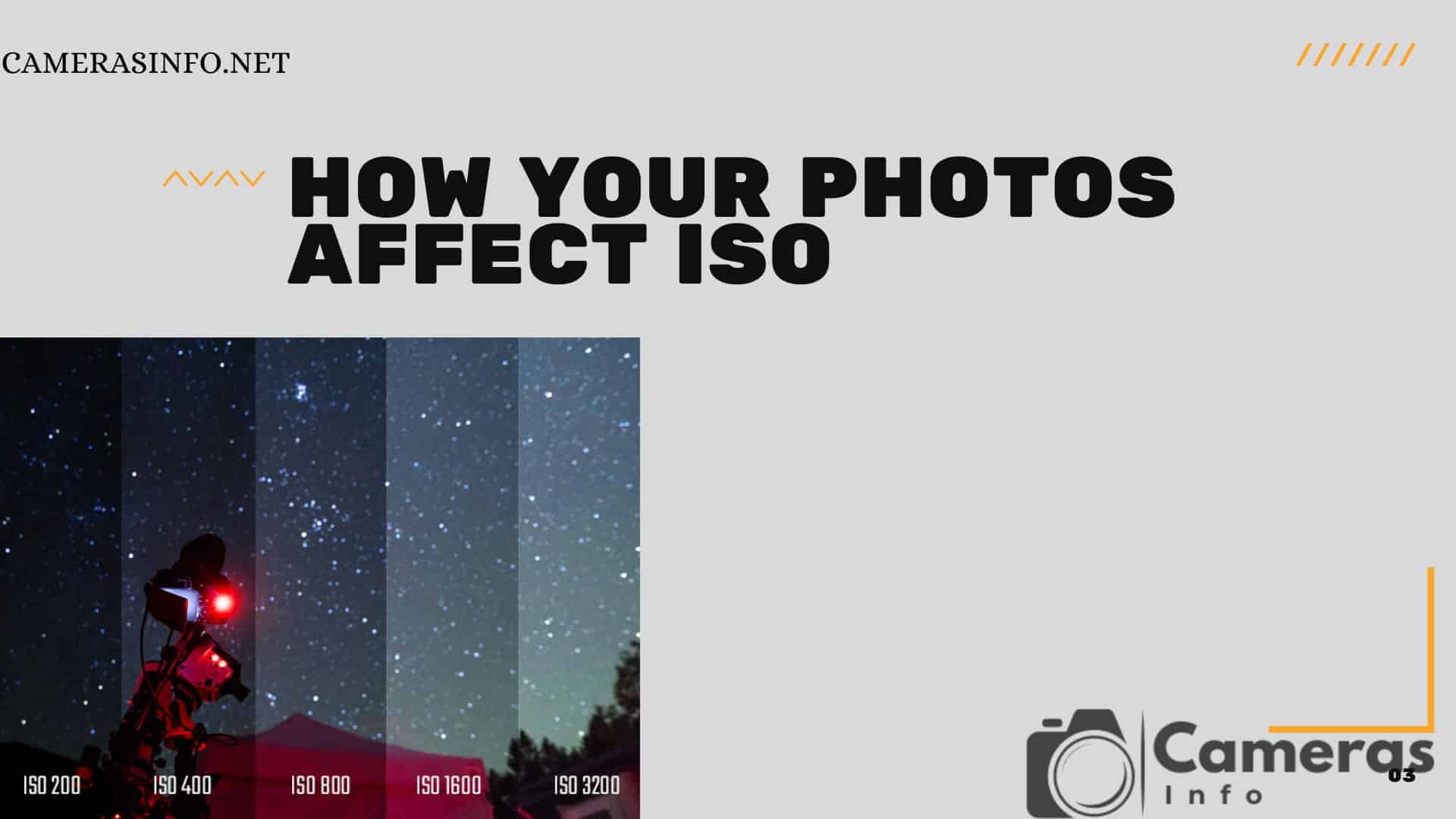Table of Contents
For all the photographers out there who are eager to elevate their image quality and refine their craft, this article is tailored just for you. Mastering ISO settings is a game-changer in achieving perfect exposure and capturing stunning photos in any lighting condition. ISO, which stands for International Standards Organization, controls your camera’s sensitivity to light and plays a crucial role in determining the brightness and clarity of your images. By understanding how to manipulate ISO effectively, you can fine-tune your camera’s performance, reduce noise, and enhance detail in both bright and low-light scenarios. This guide will walk you through the essentials of iso setting on camera, helping you balance it with shutter speed and aperture to achieve flawless results. Whether you’re aiming for crystal-clear day shots or sharp, well-lit, low-light photos, mastering ISO will empower you to capture breathtaking images with confidence. Dive into this article to unlock the full potential of your camera and elevate your photography to new heights.
Comprehending ISO – The Fundamentals

What does a camera’s ISO setting stand for? The International Organization for Standardization, or ISO, established uniformity in the sensitivity ratings of camera sensors. Your camera sensor’s sensitivity to light is altered when you modify the ISO. Greater sensitivity is indicated by a higher ISO number, and lower sensitivity is indicated by a lower ISO number.
Photography’s Interpretation of ISO
One of the three foundations of the exposure triangle in photography, along with aperture and shutter speed, is ISO. Your camera’s required amount of light to capture an appropriately exposed image depends on the ISO levels you select. Because lower ISO numbers—like ISO 100—need more light, they work best in bright environments. Higher ISO values are helpful in low light conditions because they require less light, such as ISO 800 or above.
Photographing in ISO Definition
Photography defines ISO as a measurement of your camera sensor’s sensitivity, which is simple to understand. Higher ISO settings (like ISO 800 and above) boost sensitivity but can also add noise or grain to the image. Lower ISO settings (like ISO 100) are less sensitive and yield cleaner, less noisy photographs.
If you’re a professional vlogger seeking the best gear to elevate your content, you won’t want to miss our guide on the “6 Best Camera Picks for Vlogging 2024.” This comprehensive list features top-of-the-line cameras that offer exceptional video quality, superior stabilization, and versatile features tailored to meet the demands of professional vlogging.
How Your Photos Affect ISO
To make wise choices about your ISO settings, you must be aware of how ISO impacts your images.
Visual Clarity
Image quality is the most obvious way that ISO affects your images. Reduced ISO settings result in minimum noise and excellent quality photos. The level of noise in the picture rises with increasing ISO. Graininess, or noise, can take away from your photographs’ overall sharpness and clarity. In order to preserve the greatest possible image quality, it is therefore recommended to choose the lowest ISO level that your lighting conditions permit.
Exposure and Sensitivity to Light
Your camera’s exposure is directly influenced by ISO. To get a well-exposed shot in low light, you might have to increase the ISO. However, under bright lighting, a low ISO—like ISO 100—is frequently adequate. By learning how to change the ISO, you can guarantee that your images are correctly exposed in every lighting situation.
Quick Shutter Response
Shutter speed may be quickly adjusted with higher ISO levels. This is especially helpful in scenarios where you need to stop motion, like in wildlife photography or sports photography. You may utilize a fast shutter speed to take crisp, motion-free pictures even in low light by raising the ISO.

Useful Advice on Using ISO
Knowing when and how to use various ISO levels is essential to become an expert with your ISO settings.
Lowest ISO Amount: 100
ISO 100 works well for sunny, bright days or well-lit interior spaces. Its use ensures the best possible clarity and the least amount of noise in your images. ISO 100 also works well in situations with plenty of light, such as landscapes and portraits. Another benefit of ISO 100 is the ability to use slower shutter speeds without creating motion blur, which is very helpful when taking landscape photos and catching water flow or moving clouds.
ISO 800 is a moderate ISO setting.
In circumstances with moderate light, like cloudy days or interior environments with artificial lighting, ISO 800 can be helpful. It strikes a nice balance between light sensitivity and preserving image quality. When you want to avoid motion blur, ISO 800 is also helpful because it has a little faster shutter speed. For example, ISO 800 enables the recording of crisp photographs of moving subjects, such as youngsters or pets, indoors.
Above ISO 800, high ISO settings
Low light or nighttime photography requires the use of higher ISO settings, such as ISO 1600 or ISO 3200. You can take pictures in dimly lit areas by using these settings to increase your camera’s sensitivity to light. On the other hand, remember that utilizing a high ISO level may result in noticeable noise. Utilizing the lowest ISO required for the lighting circumstances is still advised, even if modern cameras may have sophisticated noise reduction features. A high ISO is necessary in astrophotography, for instance, to capture the weak light of stars, although proper post-processing can assist in controlling the noise that results.
Conclusion
Understanding how to adjust your camera’s ISO level is important for getting the best results in a range of lighting conditions. Take charge of your photography and create beautiful shots by learning what ISO is on your camera and how to change it according to your surroundings. To reduce noise and preserve clarity, always remember to choose the lowest ISO required for the specific lighting conditions. Finding the ideal ratio of ISO, aperture, and shutter speed will require some trial and error, but with experience, you’ll reach your photographic potential.

